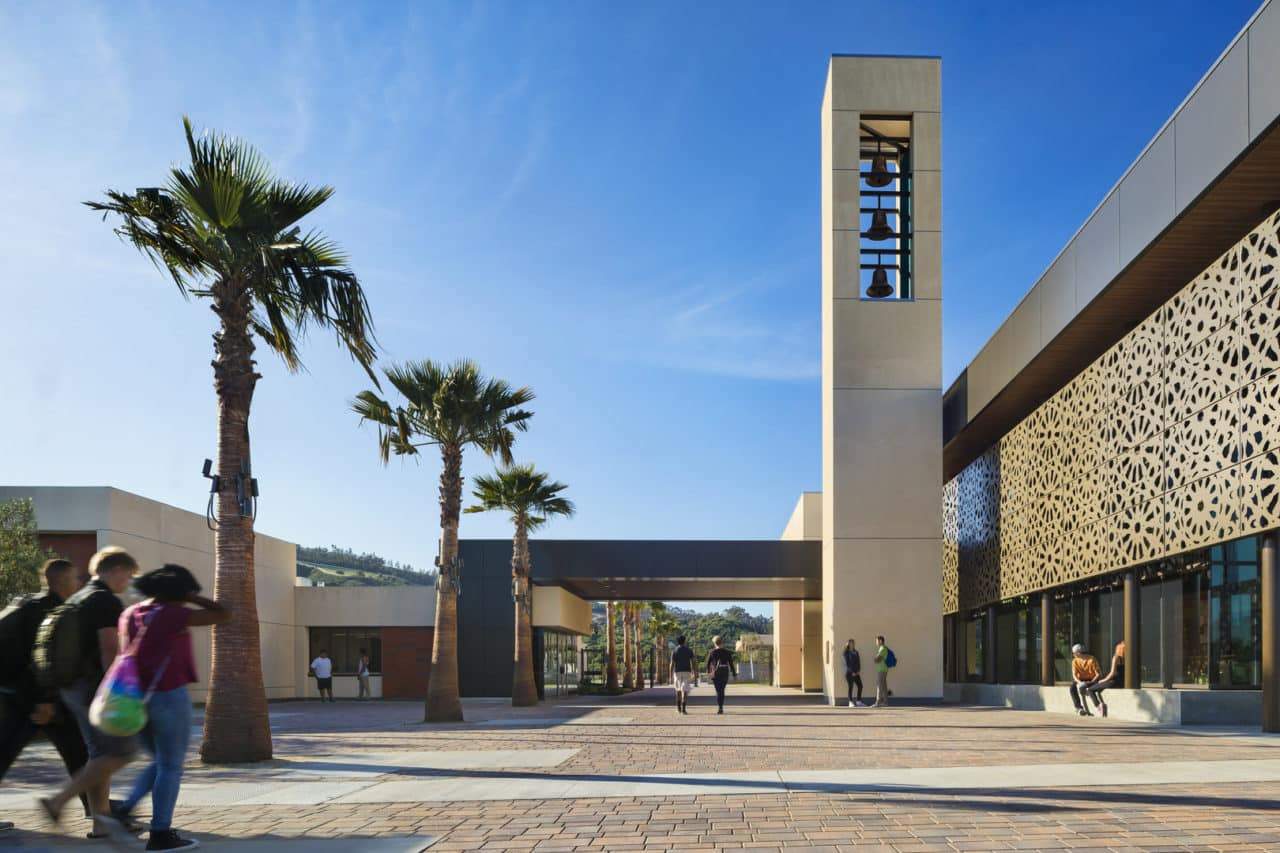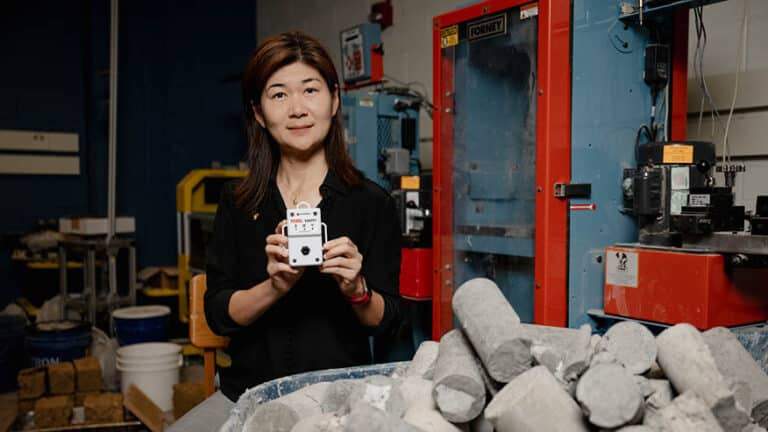
Architecture, more than just a building art, represents the embodiment of culture and social identity. Historically, architecture has evolved to reflect social and political transformations, in turn influencing the formation of societies. This effect is known as social engineering, a concept that refers to the use of architectural design to guide behaviors and social relationships. This is evident in the “New Urbanism” movement, which calls for the importance of architecture in building real communities, emphasizing the close relationship between urban design and the social and political fabric.
Since ancient times, architecture has influenced the human psyche and social behavior. For example, Renaissance church domes were designed to mimic the dome of heaven, inspired by theories of celestial likeness and attraction to direct visitors’ eyes upward upon entering the sacred space. This shows how architecture has been used historically to influence thoughts and emotions.
In the modern era, architecture continues to have a marked influence, as it has come to embody the social and political identity of the era. This can be seen in the work of designers such as Frank Gehry and Zaha Hadid, whose works reflect democratic or socialist values, and influence ways of thinking and behaviour. This shows that architecture is not just an art but also a means of social and political influence.
Social engineering, in its modern context, extends to virtual worlds such as social media. The same principles that guide architectural design are used to shape user experiences and interactions in these digital spaces. This reflects how architecture and social engineering have become intricately intertwined in the construction and development of societies
Chapter One: History of Architecture and Social Engineering
a. Historical beginnings
Architecture in ancient times was not just a building, but rather reflected the values and beliefs of societies.
An example of this is the pyramids in ancient Egypt which were not only tombs for the pharaohs, but symbols of political and religious power.
B. Architecture and religion
Religious buildings, such as churches and mosques, are designed to reflect and reinforce spiritual beliefs.
The design of these buildings affects the experience of worshipers, enhancing a sense of piety and religious belonging.
C. Architecture and education
Schools and universities, with their diverse designs, constitute learning environments that influence the way students learn and interact.
The design of classrooms, libraries, and public spaces promotes collaboration and social interaction among students.
Dr.. Contemporary developments
In the twentieth century, theories about architecture developed to more deeply include social and political dimensions.
Movements such as New Urbanism sought to renew the urban fabric, using architecture as a tool for social and political change.
e. Criticism and challenges
The debate about the extent to which buildings can convey specific meanings or ideas is still a topic of debate.
Questions about whether architecture truly expresses or seeks to shape the identity of the era remain central to modern architectural philosophy.
Architecture as a tool for social engineering
a. Social engineering classifications
Mass social engineering: This term refers to efforts directed from the top to influence social behaviors and attitudes on a large scale. These efforts are often carried out by governments, but can also be carried out by the media, academia, or private groups.
Incremental and Utopian Social Engineering: Karl Popper distinguishes between the principles of incremental social engineering, which addresses social change step by step, and utopian social engineering, which seeks to achieve large-scale, radical changes.
B. Architecture in social engineering
Architecture is a crucial tool in social engineering, as the design of buildings and public spaces can greatly influence behavior and social interactions.
An example of this is residential complexes that are designed to foster a sense of community and belonging, or government buildings that are designed to reflect the power and authority of the state.
C. Planning in social engineering
Urban planning plays a pivotal role in social engineering, as the layout of cities and neighborhoods can shape behaviors and social relationships.
For example, city planning can promote social inclusion or isolation, depending on how public spaces and facilities are arranged.
Dr.. Historical examples
Dutch industrialist J.C. Van Marken used the term “social engineers” in 1894, suggesting that modern companies need specialized experts to deal with human challenges in the same way they deal with technical challenges.
These concepts continued to evolve, as they began to take multiple forms and be applied in various social and cultural contexts.
e. Challenges and points of criticism
Critical points must be taken into consideration when applying social engineering, such as the possibility of restricting individual freedoms or affecting cultural identity.
The challenge is how to use architecture and urban planning in a way that enhances social well-being without sacrificing other values such as privacy and cultural diversity.
Architecture and Social Engineering – shaping societies and cultures
Architecture, as the embodiment of cultural values and beliefs, has a vital role in social engineering, where it is used to shape societies and reflect their social and cultural developments. Social movements have always been a driving force in shaping the built environment, whether by pushing for new building technologies and materials or by highlighting important social issues.
Throughout history, architecture has undergone significant changes due to various cultural, political and economic factors. For example, the Industrial Revolution brought about radical changes in building techniques and materials, allowing architects to design buildings with new shapes and styles. The feminist movement also greatly influenced architecture, as it called for the inclusion of women in the field of design and architecture and the creation of welcoming and inclusive spaces for them.
Contemporary examples of the influence of architecture on social engineering include wedding halls, which are an embodiment of social and cultural changes. These spaces, which reflect the social and economic needs of communities, show how architecture can evolve and be influenced by developments in society. Although these buildings meet specific needs today, they may face future challenges as social norms and traditions change.
In conclusion, architecture is more than just an art or building technique; It is a powerful tool of social engineering that reflects and shapes the cultural values and beliefs of societies. Its impact extends to include not only aesthetic and functional aspects, but also social and cultural aspects, highlighting the importance of thinking about how to design and use spaces in a way that enhances social well-being and reflects the cultural identity of communities.






